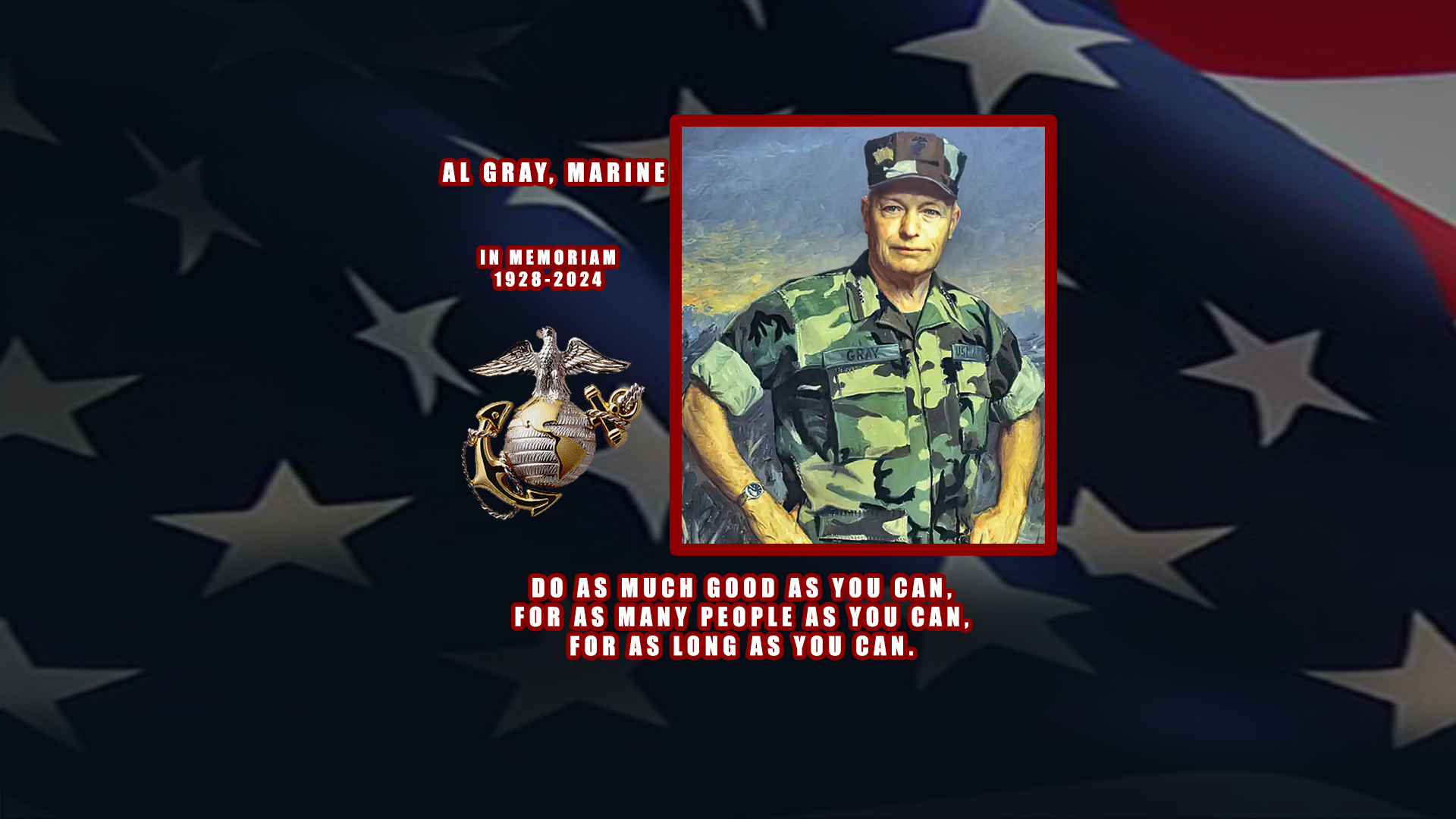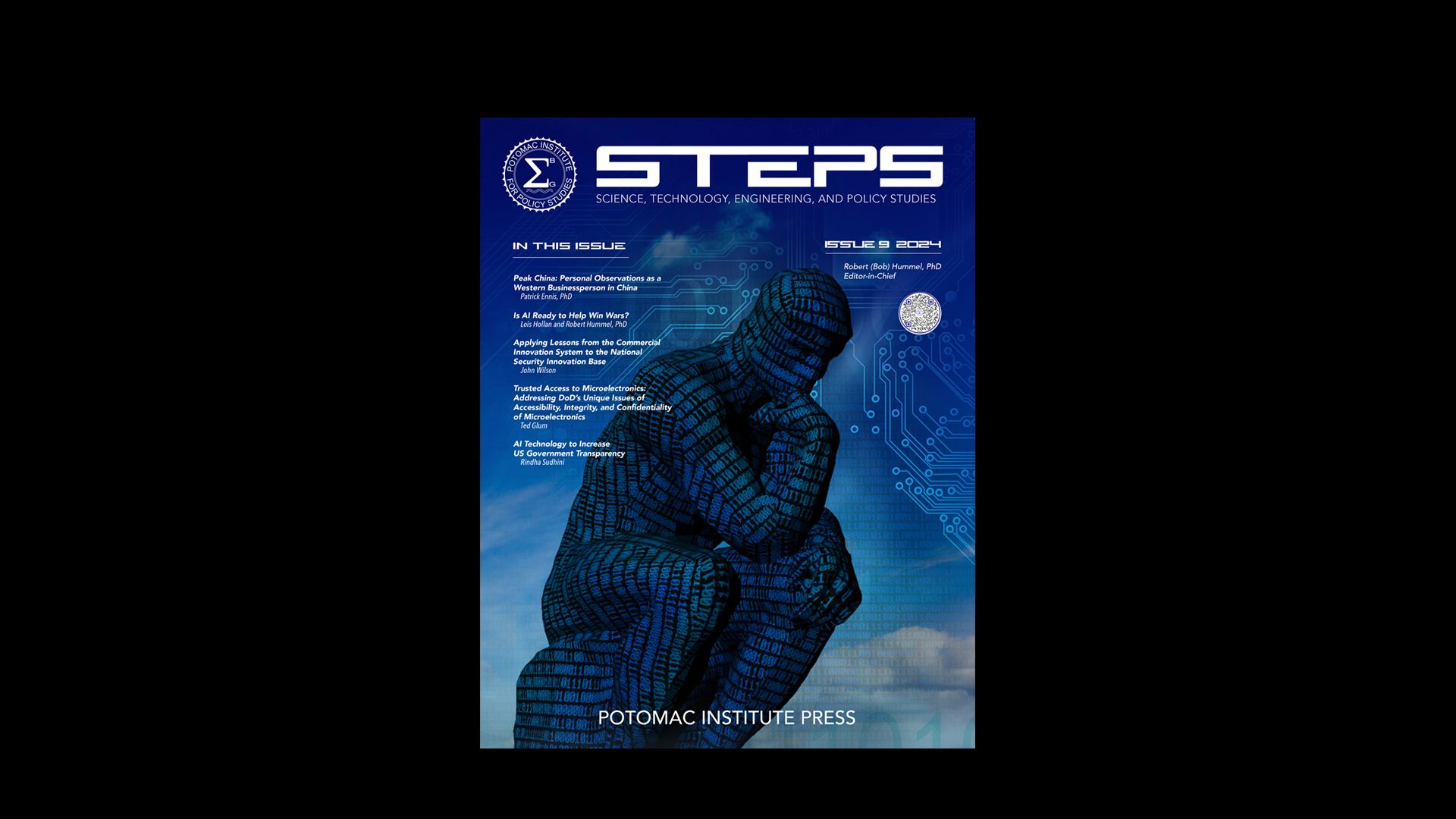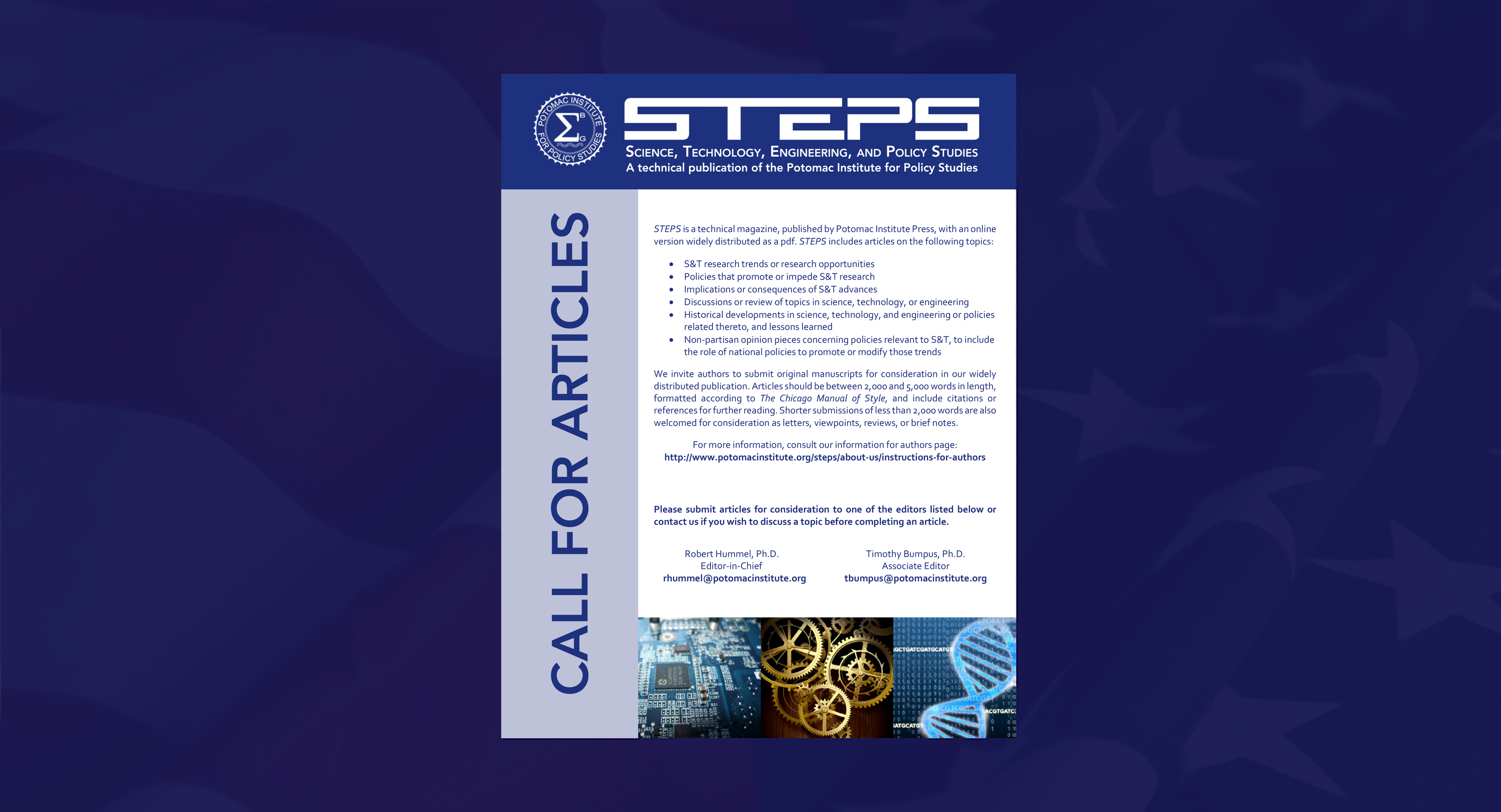Kathy Goodson
It’s springtime in DC, which means a time for new beginnings. The birds are chirping, the flowers are blooming, and the presidential candidates are beginning to unveil themselves. It’s a perfect time to talk about science communication. Public perception of science has been hit hard lately with recent episodes of misinformation, peer-review gangs, and overall confusion. With the fresh-faced candidates on the scene, we should hope to see new mediums to revitalize the presentation of how science affects society. Every facet of our life is permeated by science and I’m excited to see their takes on how science affects the world. What stance are they taking? How does that play into the bigger picture? What will that mean for the future of the United States?
As each candidate starts to release their platforms, we should evaluate what they are communicating, how they are communicating, and to whom they are communicating. In our modern world, political figures communicate science through the foothold of political context. We should expect our leaders to practice informed decision-making. Science communication at its best is a full conversation, which is both informative and educational. The more the public knows about science, the better we can understand how, why, and what policy decisions are being made.
As we fortify our country with new technologies, preserve our environment, and make literal leaps into deep space we all have a right to be a part of the conversation. Science communication is a science in of itself. It’s a necessary tool for successful communication between scientists and non-scientists alike. I hope our future leaders will help us to be a part of this conversation. In addition, since political leaders can shape this conversation, we should challenge them to use science communication to raise our standard of science public literacy.
This spring, we have the opportunity for a new beginning, a new President, a new type of leader that is not reactionary but rather bases decisions on a strategic plan for our future. Science communication is important and I can’t wait to start having this discussion with our new leaders.

















